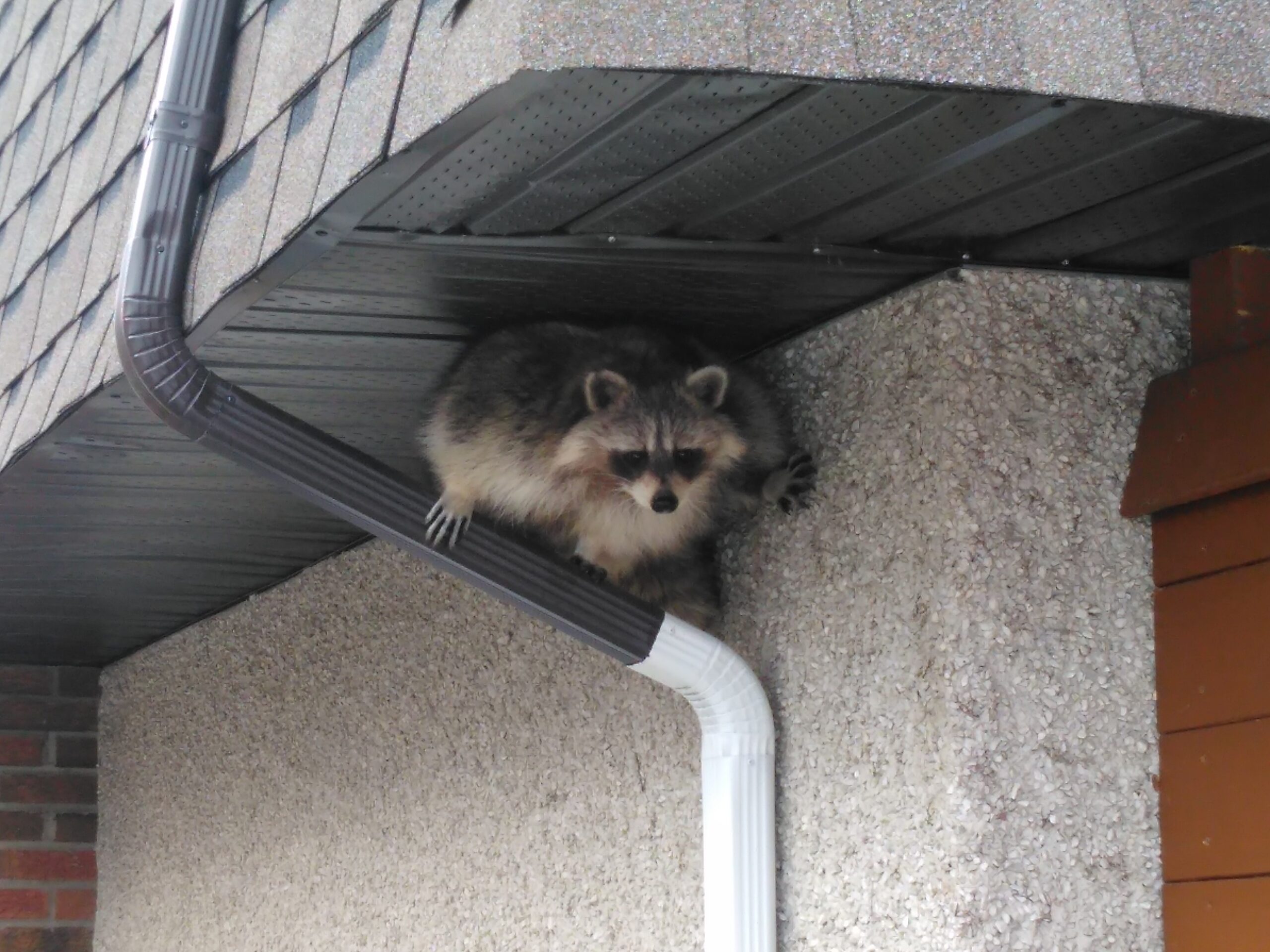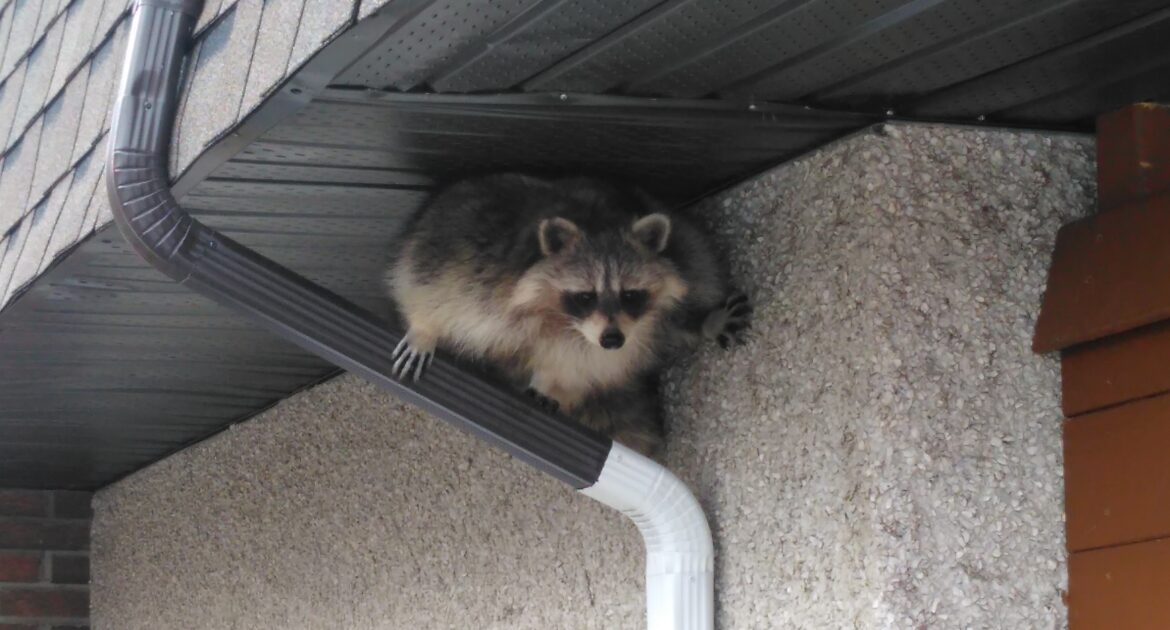You may require raccoon removal if the clever but destructive creatures take up residence on your property. Female raccoons are more likely to cause you trouble than male raccoons because breeding mothers need to find places to raise their young. However, determining the sex of a raccoon can be a challenge.
Sexual dimorphism occurs when there are physical characteristics other than genitalia that differentiate males and females of the same species from one another. Raccoons are not sexually dimorphic, so telling males and females apart can be difficult. Nevertheless, there are subtle physical and behavioral cues that can help you tell male and female raccoons apart.
Physical Characteristics
One of the most straightforward ways to tell whether a raccoon is male or female is by the shape of its genitalia. However, this is not a very practical method because the genitalia is located on the underside of the body. To get a good look, you would typically have to pick the raccoon up, which is not a good idea regardless of the raccoon’s age or size. Even baby raccoons should be left alone and only handled by trained professionals.
Apart from the genitalia, other physical differences between male and female raccoons are very subtle. Males have slightly wider faces and are about 10 to 30 pounds heavier than females. However, you probably cannot tell these differences unless two raccoons are standing next to one another to provide a basis for comparison. If you come across a solitary raccoon, determining its sex-based on observable physical characteristics is nearly impossible.
Behavioral Characteristics
The behavioral differences between male and female raccoons are much more distinguishable than their physical characteristics. Therefore, observing a raccoon’s behavior is a much more reliable way of determining whether it is male or female.
During raccoon breeding season, each male mates with several different females, while females only mate with one male. Male raccoons are not involved in rearing the kits after they are born. Therefore, an adult raccoon seen in the presence of one or more immature kits is definitely female.
Raccoons are normally nocturnal, meaning that they are most active at night. A nursing mother raccoon may forage for food during the day while her kits are sleeping. Therefore, if you see a raccoon active during daylight hours, it is most likely a female.
While raccoons are certainly capable of defending themselves if needed, they are not generally known to be very aggressive animals. Female raccoons are more prone to aggression than males, not because they are inherently ill-tempered but because they can be more easily provoked by a perceived threat to their kits and be proactive in protecting them.
Both male and female raccoons have a range that they consider their territory. They will cover this range in search of food. The territory of a male raccoon is larger than that of a female raccoon and typically covers about a square mile. Females often have several dens within their territory to which they can bring their kits in case the first den becomes unsafe or otherwise unsuitable.
Both male and female raccoons are found living in urban environments, where they cover a smaller territory than raccoons that live in the wild. However, male raccoons are less likely to seek shelter in human habitations than females, which seek out warm, secure dens in which to raise their offspring.
Humane Wildlife Control in Madison
Simply removing a mother raccoon from your Madison home is not enough to solve the problem. Female raccoons are very protective of their young and will go to great lengths to be reunited with them if separated, trekking many miles and ripping apart attics if necessary. Skedaddle removes the raccoon babies and then puts them in a heated box so the mother can find them and relocate them peacefully to another den. Find out more about what is included in our wildlife removal services.





